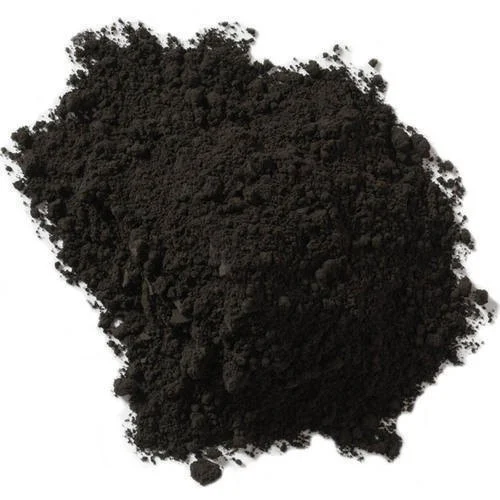Baryte, barite or barytes is a mineral consisting of barium sulfate (BaSO4). Baryte is generally white or colorless, and is the main source of the element barium. The baryte group consists of baryte, celestine (strontium sulfate), anglesite (lead sulfate), and anhydrite (calcium sulfate). Baryte and celestine form a solid solution (Ba,Sr)SO4.
The radiating form, sometimes referred to as Bologna Stone,[9] attained some notoriety among alchemists for specimens found in the 17th century near Bologna by Vincenzo Casciarolo. These became phosphorescent upon being calcined.
Carl Scheele determined that baryte contained a new element in 1774, but could not isolate barium, only barium oxide. Johan Gottlieb Gahn also isolated barium oxide two years later in similar studies. Barium was first isolated by electrolysis of molten barium salts in 1808 by Sir Humphry Davy in England.
The American Petroleum Institute specification API 13/ISO 13500, which governs baryte for drilling purposes, does not refer to any specific mineral, but rather a material that meets that specification. In practice, however, this is usually the mineral baryte.
The term “primary barytes” refers to the first marketable product, which includes crude baryte (run of mine) and the products of simple beneficiation methods, such as washing, jigging, heavy media separation, tabling, and flotation. Most crude baryte requires some upgrading to minimum purity or density. Baryte that is used as an aggregate in a “heavy” cement is crushed and screened to a uniform size. Most baryte is ground to a small, uniform size before it is used as a filler or extender, an addition to industrial products, in the production of barium chemicals or as a weighting agent in petroleum well drilling mud.




